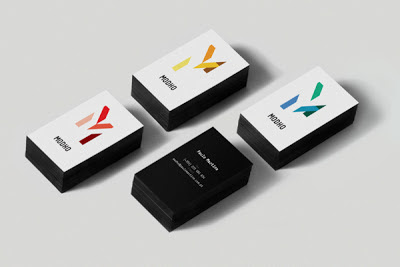Above you can see a illustration designed by Alfred, which was chosen to put in the punch magazine. The concept behind the illustration is to encourage young men to volunteer to fight in the war and become a part of it. The drawing was purposely designed to appeal to people who may be wanting to join the war, however did not have the motivation or courage to do so. This illustration was meant to show the divide of young men who had joined the war to those who hadn't. As you can tell from the image the person on the left hand side on the page is standing alone, where as the man in the middle is accompanied by two women, as he is a soldier with great pride and dignity. This stresses that the man on the side will be alone and therefore degraded as he is not a member of the war.
This would create an impact on the public and hopefully, make them want to take action, to make a difference and join the army. The reason as to why I like this illustration is due to the fact of it being so clear and powerful, in terms of stereotyping. I think it is clearly shown that if you don't volunteer for the war you will be perceived as not so much of a great person by the public. I think this has been portrayed so simply yet so effectively at the same time, that the audience will digest the message instantly. By looking at the illustration you will see the divide between the soldier and the man on the left, obviously no man would want to feel lonely or be down graded by the public- therefore this illustration encourages you to become a soldier as then you will be attracted by women for your braveness and get more attention. This will give them the motivation to join.
Another poster Alfred is famous for is his poster of 'Your Country Needs You', which is a poster of Lord Kitchener. This poster has encouraged so many young men to volunteer to join the army and help their country in 1914. This poster design was very inspiring to many individuals; as its got such a strong firm to it which many people all over the world knew about. The gesture of Lord Kitchener pointing his finger at you almost makes you feel like he is actually pointing at you; which instantly makes you think about yourself. and you may ask yourself questions such as, 'am I helping my country', 'what can I do to help', 'why am I not a part of the army'. Just the gesture of his finger alone, gets you involved in the visual so quickly, making you think about joining the army straight away. The use of typography along with the images creates further impact on you, as it say's 'JOIN YOUR COUNTRY'S ARMY' in black, bold capital letters, which instantly grab your attention. I like the way the image and text compliment each other and together, create such a powerful poster encouraging young men to fight for their country. Also the positioning of the text and image along with the use of white space all work together so well.
As the work of Alfred was very successful, many other practitioners around the world started to copy his style and characteristics by implying them to their own work. Below you will see another poster which has very similar characteristics to Leete's poster above.
As the work of Alfred was very successful, many other practitioners around the world started to copy his style and characteristics by implying them to their own work. Below you will see another poster which has very similar characteristics to Leete's poster above.
Straight away you can see that the poster has some sort of connection with Alfred's poster. In this poster there is also a very intimidating looking man, who is doing the same hand gesture as the man in Leete's poster, this shows the poster is implying the same message as the original poster by Alfred. The facial expression on the mans face in this poster also is very stern and looks as though it is focusing straight at you. This also reminds me of the poster by Alfred as the man on his poster also portrayed this look- therefore the response from the audience for both poster would more than likely be the same. The font used in this poster in also big bold and stands out to grab your attention. The word 'YOU' is written in block capitals, the font has been changed to a different colour to the rest to create an emphasis on just that one particular word; this is because the 'YOU' in the sentence is the main focus as the poster is there to mainly get 'you' to join the army.
By creating that extra emphasis on the word 'you' the audience will be prone to arouse emotion and react accordingly as they will feel as though they are being targeted. I think the poster mimics Alfred's poster greatly however with a deeper meaning; as there are uses of bolder font and the colour red has also been incorporated into the work to show anger. In conclusion I think Alfred's work was very inspirational and powerful as it has attracted many other practitioners all around the world. I admire how he visually communicates with people through such strong pieces of work, encouraging them to take action and help their country. I think he did a exceptionally good job as his aim was to make a difference, which he did. One of the main ways a practitioners work is successful is if it is seen and gets the correct response from it's viewers. When viewers act upon your work, you have achieved something which you should be extremely proud of.





.jpg)












.jpg)

.JPG)











.jpg)
.jpg)















